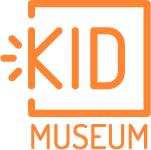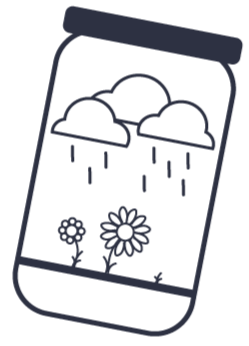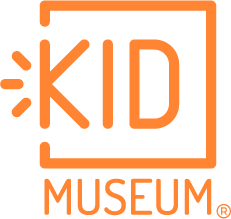An ecosystem is all the plants, animals, and other living things that make up a specific area or community. Create your own mini ecosystem using plants from your garden, some gravel and dirt, and a clear container.
Suggested Materials:
– Clear jar or large plastic container
– Dirt
– Rocks or gravel
– Plants
– Optional: small toys or animals for decoration, scissors or box cutter (adult supervision required), scrap of thin plastic, sand.
Tips and Thoughts
– What are the main things that plants need to survive? How can you make sure that your plant gets each of these?
– How will you make sure that the roots of your plants can drain excess moisture?
– What kind of tiny decorations can you make for your tiny world?
Potential Resources:
– Video for Younger Students
– Video for Older Students
– Written Instructions
Take this challenge to the next level: Add miniatures decorations to your terrarium.





